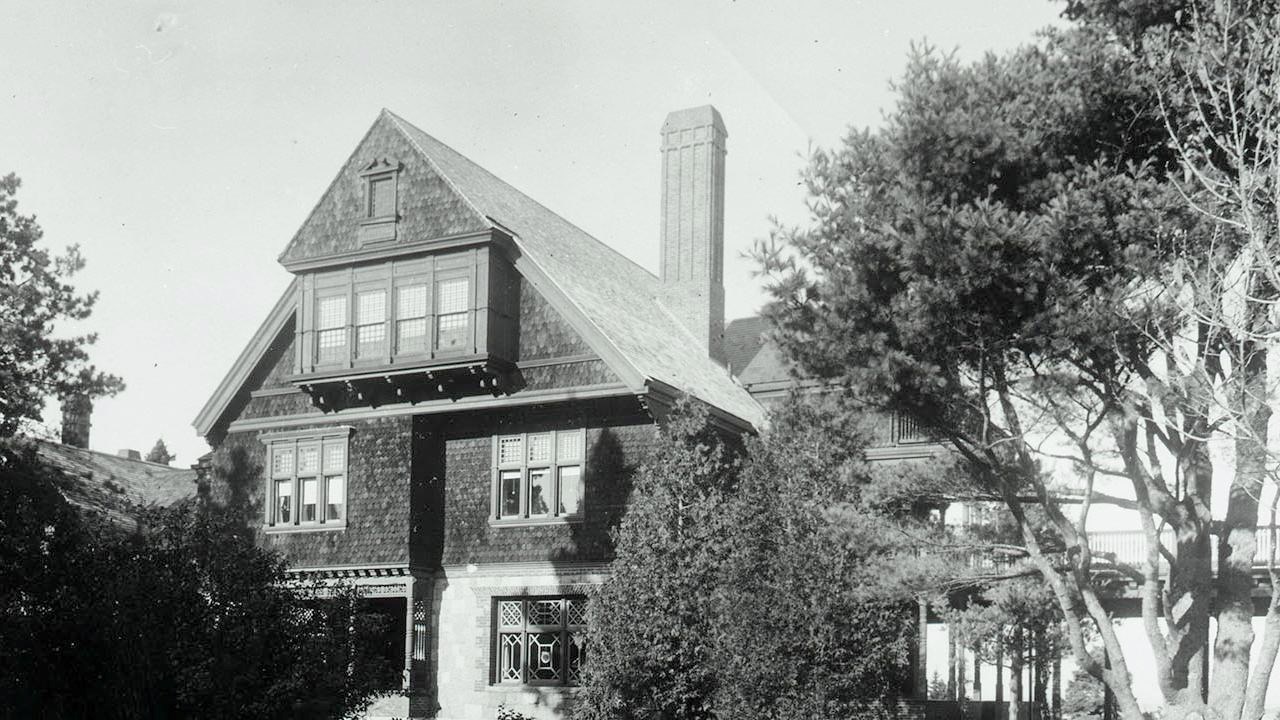Last updated: June 27, 2025
Place
Oldfarm 2: Transition From City Life to Island Life

NPS Photo
Transition from City Life to Island Life
In the 1800s, Hudson River School artists extolled the island's beauty through dramatic paintings of seascapes and mountains. By the 1860s through the 1880s, Mount Desert Island began attracting a wave of affluent city dwellers known as "rusticators." These individuals, often from cities like Boston, New York, and Philadelphia, were drawn to the island by its fresh sea air, dramatic coastal scenery, and promise of a simpler, more rustic lifestyle.
Traveling by steamship and train, they initially stayed in local boarding houses or grand hotels, such as the Rodick House in Bar Harbor. Over time, many rusticators began to build their own summer homes—referred to modestly as "cottages," though they were often elaborate mansions nestled along the shoreline. This movement marked the beginning of Mount Desert Island’s transformation from a quiet fishing and shipbuilding community into a fashionable summer retreat for America’s upper class.
George B. Dorr fits into the story as a key figure who emerged from the same rusticator culture described in the paragraph above—yet he took it a step further. Like many rusticators, Dorr was a wealthy city dweller from Boston who first came to Mount Desert Island as a summer visitor in the late 1800s. However, his relationship with the island became far deeper and more enduring.
► Please CLICK HERE to watch the video if a player fails to display.
- Duration:
- 1 minute, 17 seconds
Station Two of the Oldfarm Video Tour
